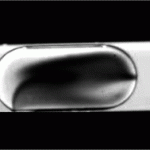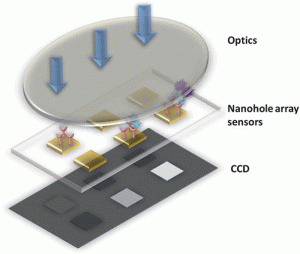 On the back cover of Issue 22 we’re featuring research from the Micro and Nano-Scale Transport Laboratory, Department of Mechanical Engineering, University of Alberta.
On the back cover of Issue 22 we’re featuring research from the Micro and Nano-Scale Transport Laboratory, Department of Mechanical Engineering, University of Alberta.
The Reservoir-on-a-Chip, or ROC for short, by Sushanta K. Mitra et al. is a novel miniaturization approach to study oil recovery in a microfluidic device, mimicking the pore structure of a naturally occurring oil-bearing reservoir rock in an etched silicon substrate. The device will enable researchers to better understand pore-scale transport relevant to reservoir engineering.
Download the article for the details:
Reservoir-on-a-Chip (ROC): A new paradigm in reservoir engineering
Naga Siva Kumar Gunda, Bijoyendra Bera, Nikolaos K. Karadimitriou, Sushanta K. Mitra and S. Majid Hassanizadeh
Lab Chip, 2011, 11, 3785-3792
DOI: 10.1039/C1LC20556K














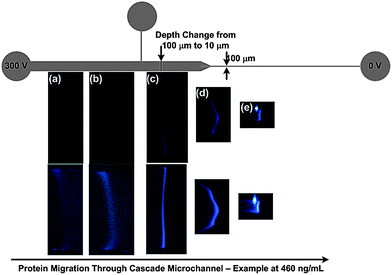
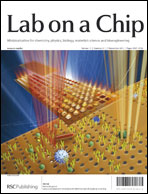 On the
On the 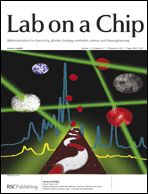 The
The 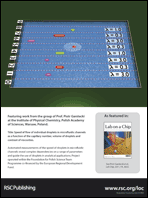 And on the
And on the 

